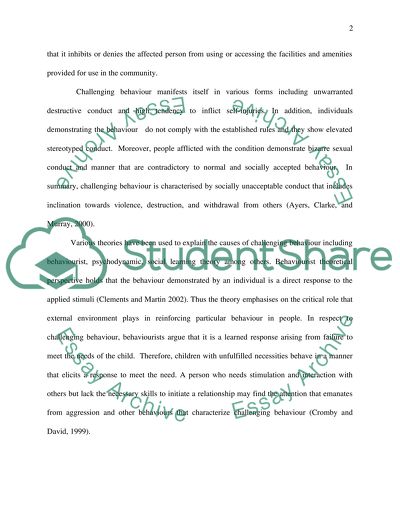Cite this document
(“Early childhood studies/ explaining behaviour Essay”, n.d.)
Retrieved from https://studentshare.org/education/1397292-early-childhood-studies-explaining-behaviour
Retrieved from https://studentshare.org/education/1397292-early-childhood-studies-explaining-behaviour
(Early Childhood Studies/ Explaining Behaviour Essay)
https://studentshare.org/education/1397292-early-childhood-studies-explaining-behaviour.
https://studentshare.org/education/1397292-early-childhood-studies-explaining-behaviour.
“Early Childhood Studies/ Explaining Behaviour Essay”, n.d. https://studentshare.org/education/1397292-early-childhood-studies-explaining-behaviour.


